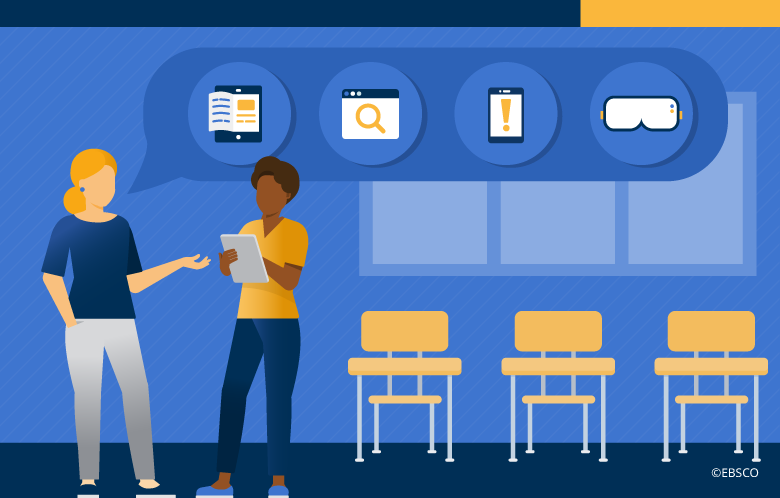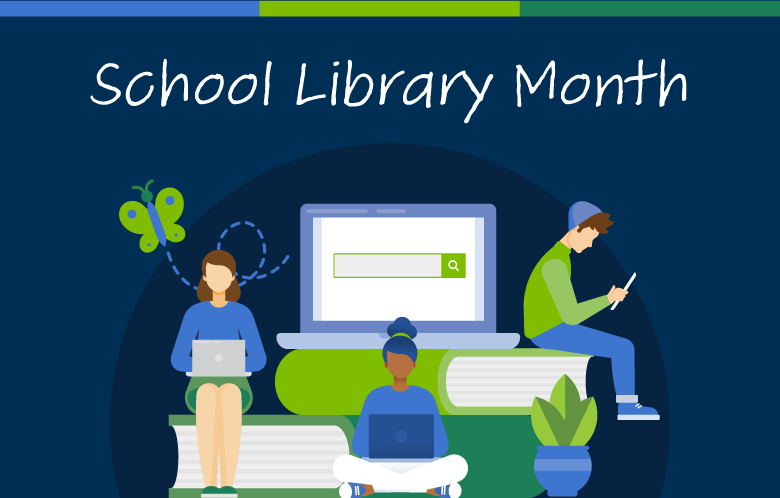April is Citizen Science Month! Citizen science, also known as community science or crowd-sourced science, involves research conducted with active participation from the general public, amateur experts or volunteers. It is used in a wide range of areas of study, such as ecology, biology, conservation, health, communications and more. One way libraries can celebrate Citizen Science Month is by promoting projects and activities that invite ordinary people to participate in scientific research and discovery.
To support teaching and learning in high school science classrooms, EBSCO has created three citizen science lesson plans that spark curiosity and encourage students to explore topics in meteorology, animal behavior and plant biodiversity. These lesson plans align with the Next-Generation Science Standards (NGSS) and use EBSCO's Science Reference Ultimate database as a curriculum resource for research and learning.
Each lesson plan includes everything educators need to guide students through each activity, as well as worksheets for students to complete. The lessons are designed to help students build critical thinking, research and data analysis skills. Students will also learn the importance of working together to understand and protect the natural world.
Exploring Weather Patterns: A Citizen Science Adventure
This exciting meteorology activity encourages students to explore weather patterns and phenomena using data analysis and online research. Students will learn how to collect and interpret weather data from instruments, such as barometers and rain gauges, and understand the complex interactions of air masses. Additionally, at the end of the activity they can contribute to real scientific research by submitting their observations to mPING, a crowdsourcing weather app created by the NOAA National Severe Storms Laboratory. The app gathers weather reports from all over the world, and those reports are used by meteorologists to predict weather patterns.
Taking Flight: Discovering Local Bird Species and Migration Patterns
In this activity, students have the opportunity to study local bird species and migration patterns. They will learn how to identify different bird species, understand the concept and significance of bird migration, and analyze the factors influencing migration. After completing online research, the field observation portion of this activity allows students to get up-close and personal with local bird species as they use identification guides and maps to record bird sightings. They can then submit these findings to eBird, a website that collects and shares information on bird abundance and distribution.
Flora and Fauna: Plant Biodiversity in U.S. National Parks and Locally
Using a combination of tools including field notebooks, plant identification apps and photography, students will learn how to document and assess the diversity of plant species in a chosen National Park and a local area. Students can use the infographics available from Science Reference Source to explore all National Parks and find one with an ecosystem that interests them. The goal of this activity is for students to understand the ecological role of plants and the impact of human activities on biodiversity, and then propose solutions for conservation.
Additional Citizen Science Projects
Looking for more ways to incorporate citizen science activities into the classroom or library? Check out these sites:
- NASA includes space and earth science initiatives.
- National Geographic has a compiled list of projects in a variety of science subjects.
- The Smithsonian Institution provides a collection of participatory science activities.
- NOAA offers marine and environmental biology initiatives.
- The National Park Service has citizen science initiatives related to U.S. National Parks.
- The United States Environmental Protection Agency includes environmental science projects.
- CitizenScience.gov provides a searchable catalog of citizen science projects. Educators can filter projects by status, agency and field of science.



